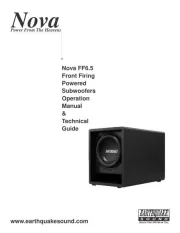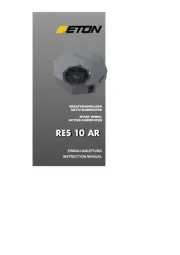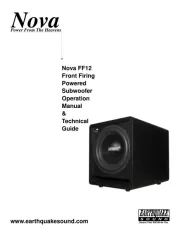Infinity Classia PSW310W Manual
Læs gratis den danske manual til Infinity Classia PSW310W (24 sider) i kategorien Subwoofer. Denne vejledning er vurderet som hjælpsom af 10 personer og har en gennemsnitlig bedømmelse på 4.5 stjerner ud af 5.5 anmeldelser.
Har du et spørgsmål om Infinity Classia PSW310W, eller vil du spørge andre brugere om produktet?

Produkt Specifikationer
| Mærke: | Infinity |
| Kategori: | Subwoofer |
| Model: | Classia PSW310W |
Har du brug for hjælp?
Hvis du har brug for hjælp til Infinity Classia PSW310W stil et spørgsmål nedenfor, og andre brugere vil svare dig
Subwoofer Infinity Manualer
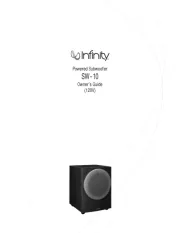
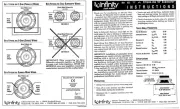


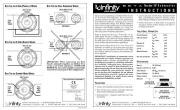
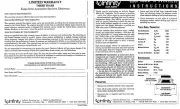
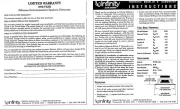



Subwoofer Manualer
- Phoenix Gold
- Focal
- Jensen
- FBT
- Dynaudio
- Pyle
- Musway
- HK Audio
- KLH Audio
- Boston Acoustics
- Grimm Audio
- Jamo
- JVC
- Poly-Planar
- Axton
Nyeste Subwoofer Manualer




